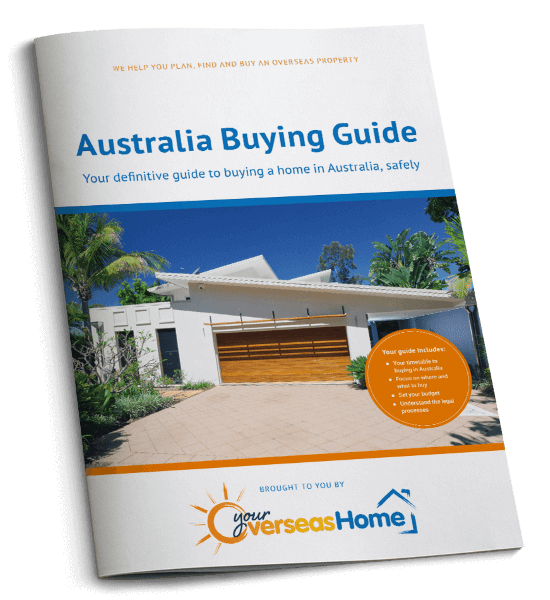Planning to relocate to Australia? Here are the income tax rates that residents and non-residents in Australia are paying as we approach the start of Australia’s financial year.
Overview of Australia’s income tax system
In Australia, residents and non-residents are required to pay tax on all income earned in the country. Australia has one of the highest tax rates in the world, with roughly one-third of earned income going towards tax. It is still slightly below that in the UK however, Australians enjoy some of the best healthcare and welfare provisions in the world, as well as top-notch public services.
In Australia, residents and non-residents are required to pay tax on all income earned in the country.
Australian residents are taxed on all of their worldwide income, while non-residents are only taxed on income sourced in Australia, but at a higher tax rate than residents. On top of the income tax rate there is a Medicare Levy (0.5-2.5% a year) which varies depending on income, plus a temporary budget repair levy of 2% applied to high income earners.

If you want to enjoy Whitehaven Beach, Queensland, get your tax in order!
Australian residents and tax
If you are moving to Australia and plan on taking up residency, you will be required to pay taxes as an Australian resident once residency is established. Residents making under $18,200 per year are exempt from paying tax, while the lowest tax bracket is taxed at a rate of 19% and top income earners are taxed 45% of their annual income. Below are the tax rates for Australian residents, not taking into consideration the medical levy and Temporary Budget Repair levy.
| The following rates for 2015–16 applied from 1 July 2015. | |
| Taxable income | Tax on this income |
| 0 – $18,200 | Nil |
| $18,201 – $37,000 | 19c for each $1 over $18,200 |
| $37,001 – $80,000 | $3,572 plus 32.5c for each $1 over $37,000 |
| $80,001 – $180,000 | $17,547 plus 37c for each $1 over $80,000 |
| $180,001 and over | $54,547 plus 45c for each $1 over $180,000 |
(Australian Taxation Office website, accessed 23 May 2017)
Non-resident and foreign residents
Non-residents must pay tax on all income generated in Australia, whether they live there or not. This includes income on any bank interest earned in Australia. Foreign residents earning income in Australia are also required to pay tax, and are subject to different tax rates than resident tax payers. The tax rates below apply to individuals who are foreign residents for tax purposes, not including the Temporary Budget Repair Levy. Foreign residents are not required to pay the Medicare levy.
| The following rates for 2016–17 apply from 1 July 2016. | |
| Taxable income | Tax on this income |
| 0 – $87,000 | 32.5c for each $1 |
| $87,001 – $180,000 | $28,275 plus 37c for each $1 over $87,000 |
| $180,001 and over | $62,685 plus 45c for each $1 over $180,000 |
(Australian Taxation Office website, accessed 23 May 2017)
How does Australian tax stack up?
The global average for top-level income tax rates according to financial giant KPMG is 33%. Australia, at 45%, is one of the highest in the world and is on par with the UK. Countries with lower top tier tax rates include: New Zealand (33%), America (39.6%), India (35%), Hong Kong (15%), Singapore (22%) and Russia (13%). Countries with higher top-level tax rates include: Japan (56%), Denmark (56%), Germany (45%), Austria (55%) and The Netherlands (52%). Australia’s top tier tax rate begins at $180,000, which is much lower than other countries; in the USA the top tier tax rate kicks in at $233,000.
Countries with lower taxes
If you’re hoping to evade paying high tax rates there are a handful of countries with top tier rates of only 15%. Costa Rica, Sri Lanka, Sudan, Yemen and Iraq have some of the lowest tax rates in the world.
Lodging your tax return
The financial year in Australia runs from 1st July until 30th June. The deadline for filing tax is 31st October. If you are unsure if you need to pay tax in Australia there is simple calculator that can help you determine if you are in arrears. Payment plans are available and interest and fees are applied to taxes paid after the October deadline.

The Australia Buying Guide takes you through each stage of the property buying process, with practical recommendations from our experts who have been through the process themselves. The guide will help you to:






